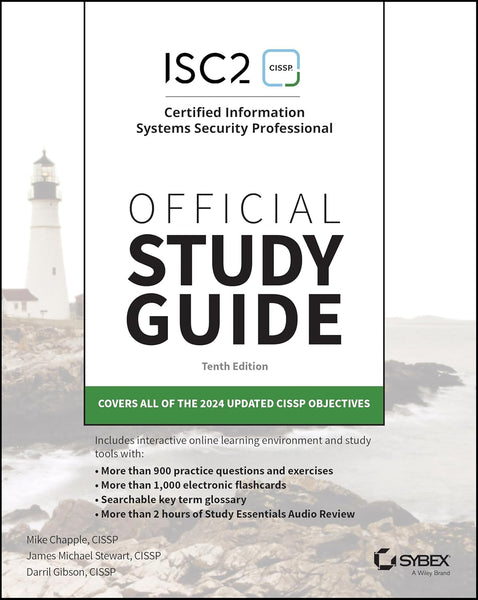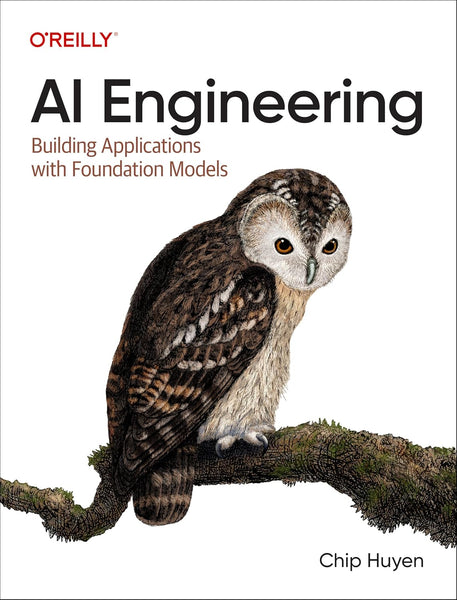1000 Python Examples by Gabor Szabo
- Publisher: COMPUTER SCIENCE
- Availability: In Stock
- SKU: 47009
- Number of Pages: 997
Rs.2,090.00
Rs.2,495.00
Tags: 1000 Python Examples , Affordable , Artificial Intelligence , Bargain , BestInQuality , BestQualityEver , BudgetFriendly , Cloud Computing , CompetitivePricing , Computer Engineering , Computer Programming , Computer Programming Languages , Computer Systems , Computing , CostEffective , CS , Cybersecurity , Data Science , Database Management , Digital Technology , DigitalLibrary , DigitalReads , E-Library , ElectronicBooks , ExcellenceInQuality , GreatValue , HighGrade , HighQualityGoods , HighStandard , Information Technology , IT , IT Infrastructure EbooksOnline , Machine Learning , Networking , OnlineLibrary , OnlineReading , PremiumQuality , programming , Programming Languages , programs , Python Examples , Python Programming , QualityAssurance , QualityControlled , QualityCraftsmanship , QualityMatters , ReasonablePrice , Software Engineering , Solved Programs , SuperiorProducts , Tech , TopTierQuality , UnparalleledQuality BestPrice , ValueForMoney , VirtualBooks , Web Development , WebBooks TopQuality
In "1000 Python Examples," Gabor Szabo offers a comprehensive compendium of Python code snippets designed to cater to learners and seasoned programmers alike. With an exhaustive collection of practical examples, Szabo meticulously curates a resource that serves as a roadmap for mastering Python programming. Each example is crafted to elucidate fundamental concepts, advanced techniques, and common programming challenges, providing readers with a hands-on approach to understanding Python's versatility and power.
The book begins with elementary examples that introduce Python syntax, data types, and control structures, making it accessible to beginners. As readers progress, they encounter progressively complex examples that delve into topics such as object-oriented programming, file handling, and web development. Szabo's lucid explanations and structured progression ensure that learners can navigate seamlessly through the material, gaining confidence with each example tackled. Whether readers seek to reinforce their understanding of Python fundamentals or explore niche topics like data visualization and machine learning, "1000 Python Examples" equips them with the tools necessary to excel in Python development.
Key Points:
1. Comprehensive Collection: "1000 Python Examples" encompasses a wide array of Python programming scenarios, ranging from basic concepts to advanced applications, providing readers with a holistic learning experience.
2. Hands-on Learning: Through practical examples and clear explanations, readers can actively engage with Python code, reinforcing their understanding of core concepts and programming best practices.
3. Progressive Difficulty: The examples in the book are structured in a manner that facilitates gradual skill development, ensuring that learners can comfortably transition from simple to complex topics at their own pace.
4. Versatile Resource: Whether readers are beginners seeking a solid foundation in Python or experienced programmers looking to expand their skill set, "1000 Python Examples" caters to diverse learning needs, making it an indispensable resource in the Python programming landscape.
════ ⋆★⋆ ═══
Writer ✤ Gabor Szabo
Table of Contents

























